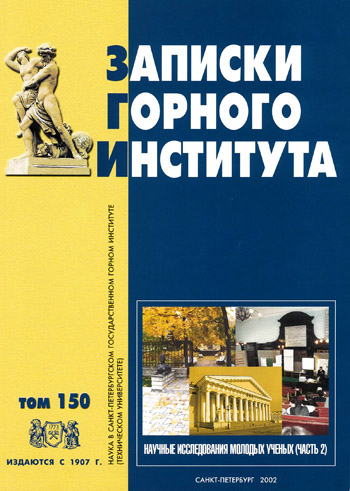To the geochemistry of bottom sediments of Lake Pyasino (Norilsk District)
- Postgraduate student G.V. Plekhanov Saint Petersburg Mining University
Abstract
The water system of the Pyasina River is the only one carrying wastewater from the entire Norilsk industrial district. Studies will make it possible to assess the scale and degree of pollution, as well as the dynamics of unfavorable factors along the entire length of this water artery (more than 800 km). The aim of the work is to study the distribution patterns of heavy metals in the modern sediments of the coastal areas of the Arctic basin on the example of the water system of the Norilsk district. It has been revealed that bottom sediments of the Pyasino Lake have an average lead content of 22.7 g/t (MAC - 20 g/t), arsenic - 47 g/t, which is 20 times higher than the norm (MAC - 2 g/t). Nickel content is characterized by extremely high concentrations, about 150 g/t (MAC - 4 g/t), which makes it the major pollutant of bottom sediments of the lake. Strontium content on average does not exceed permissible 268.7 g/t (MAC - 350 g/t), though maximum concentration (southern part of the lake) reaches 600 g/t, which is approximately twice the norm. Zinc concentration is 144 g/t (MAC - 230 g/t), Chromium content is on average 200'g/t (MAC - 50 g/t), which is four times higher than the maximum permissible concentration; Cobalt content is 71 g/t (MAC - 250 g/t). Maximum allowable content of copper varies from 150 to 200 g/t, and the average content of copper in bottom sediments of Pyasino Lake is 234 g/t, which is within the allowable limits, but the south-western part of the lake is characterized by the increased concentration of 494 g/t. Manganese and iron are within the MAC.
